
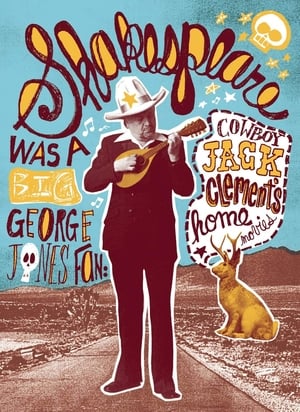
Shakespeare Was a Big George Jones Fan: 'Cowboy' Jack Clement's Home Movies(2013)
A Documentary about Nashville's Maverick songwriter/producer, 'Cowboy' Jack Clement.

Movie: Shakespeare Was a Big George Jones Fan: 'Cowboy' Jack Clement's Home Movies
Top 4 Billed Cast

Shakespeare Was a Big George Jones Fan: 'Cowboy' Jack Clement's Home Movies
HomePage
Overview
A Documentary about Nashville's Maverick songwriter/producer, 'Cowboy' Jack Clement.
Release Date
2013-09-12
Average
0
Rating:
0.0 startsTagline
Genres
Languages:
EnglishKeywords
Similar Movies
 6.7
6.7Workers Leaving the Lumière Factory(fr)
Working men and women leave through the main gate of the Lumière factory in Lyon, France. Filmed on 22 March 1895, it is often referred to as the first real motion picture ever made, although Louis Le Prince's 1888 Roundhay Garden Scene pre-dated it by seven years. Three separate versions of this film exist, which differ from one another in numerous ways. The first version features a carriage drawn by one horse, while in the second version the carriage is drawn by two horses, and there is no carriage at all in the third version. The clothing style is also different between the three versions, demonstrating the different seasons in which each was filmed. This film was made in the 35 mm format with an aspect ratio of 1.33:1, and at a speed of 16 frames per second. At that rate, the 17 meters of film length provided a duration of 46 seconds, holding a total of 800 frames.
Neil Hamburger: Western Music and Variety(en)
Neil Hamburger is a two-bit stand-up with a bad comb-over--an aging, phlegmy jokester with a penchant for cheap celebrity jabs. He's also the brilliantly odd creation of Gregg Turkington, a decidedly more gifted comedian who has found a loyal cult following for his Tony Clifton-esque character. In this concert release, Hamburger performs a handful of twangy country tunes alongside the Too-Good-For-Neil-Hamburger Band, a name that speaks the truth: the back-up group includes veteran rockers Prairie Prince, David Gleason, and Atom Ellis.
Lucero: Bright Stars on Lonesome Nights(en)
Southern indie rockers Lucero hit the road in this documentary, which shows the Memphis, Tennessee band on tour and in the studio. In addition to candid interviews with band members Ben Nichols, Roy Berry, John Stubblefield and Brian Venable, the video features footage of the band on tour with The North Mississippi All-Stars, in the studio for the recording of "Tennessee" and performing live at the Memphis in May Music Festival.
 6.7
6.7Dixie Chicks: Shut Up and Sing(en)
Shut Up and Sing is a documentary about the country band from Texas called the Dixie Chicks and how one tiny comment against President Bush dropped their number one hit off the charts and caused fans to hate them, destroy their CD’s, and protest at their concerts. A film about freedom of speech gone out of control and the three girls lives that were forever changed by a small anti-Bush comment
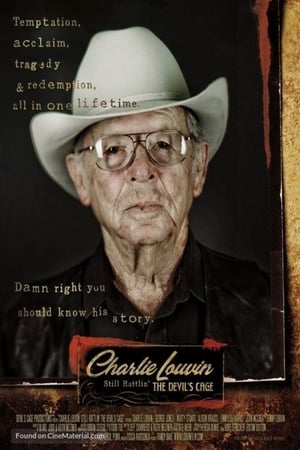 0.0
0.0Charlie Louvin: Still Rattlin' the Devil's Cage(en)
Fifty years later, and he's still rattlin' the Devil's cage. Charlie Louvin can walk through a crowded mall and not attract attention. But it shouldn't be that way; the humble 83-year-old musician in the cowboy hat and jeans is a true American hero. To start, 50 years ago he and his brother recorded "Satan is Real," an album that shook up the music business. And the life he lived thereafter was pretty radical, too, from his military service to his country to his 61-year marriage to his induction into the Country Music Hall of Fame and Grand Ole Opry. On Friday, December 3, 2010 at the fooBAR in Nashville, we caught Charlie Louvin on stage, making music for his fans, celebrating the anniversary of that famous album. And we filmed the night for history's sake. This is the tribute he so richly deserves.
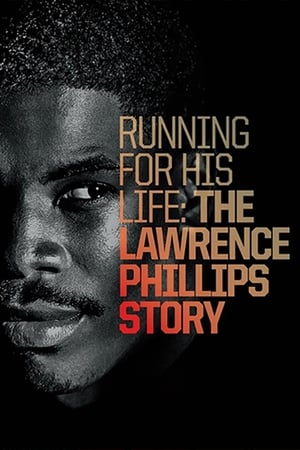 6.8
6.8Running for His Life: The Lawrence Phillips Story(en)
Feature length documentary examining the troubled life and tragic death of college football standout and talented NFL running back Lawrence Phillips, whose scars of childhood abuse and abandonment haunted him throughout his career.
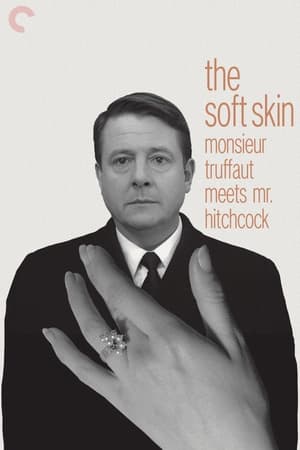 6.5
6.5Monsieur Truffaut Meets Mr. Hitchcock(en)
When Francois Truffaut approached Alfred Hitchcock in 1962 with the idea of having a long conversation with him about his work and publishing this in book form, he didn't imagine that more than four years would pass before Le Cinéma selon Hitchcock finally appeared in 1966. Not only in France but all over the world, Truffaut's Hitchcock interview developed over the years into a standard bible of film literature. In 1983, three years after Hitchcock's death, Truffaut decided to expand his by now legendary book to include a concluding chapter and have it published as the "Edition définitive". This film describes the genesis of the "Hitchbook" and throws light on the strange friendship between two completely different men. The centrepieces are the extracts from the original sound recordings of the interview with the voices of Alfred Hitchcock, Francois Truffaut, and Helen Scott – recordings which have never been heard in public before.
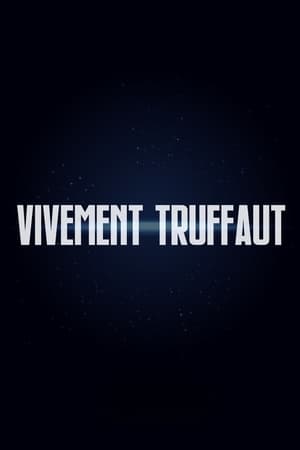 6.0
6.0Vivement Truffaut(fr)
A tribute to the late, great French director Francois Truffaut, this documentary was undoubtedly named after his last movie, Vivement Dimanche!, released in 1983. Included in this overview of Truffaut's contribution to filmmaking are clips from 14 of his movies arranged according to the themes he favored. These include childhood, literature, the cinema itself, romance, marriage, and death.
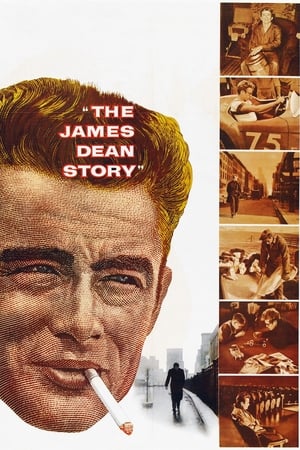 5.3
5.3The James Dean Story(en)
Released two years after James Dean's death, this documentary chronicles his short life and career via black-and-white still photographs, interviews with the aunt and uncle who raised him, his paternal grandparents, a New York City cabdriver friend, the owner of his favorite Los Angeles restaurant, outtakes from East of Eden, footage of the opening night of Giant, and Dean's ironic PSA for safe driving.
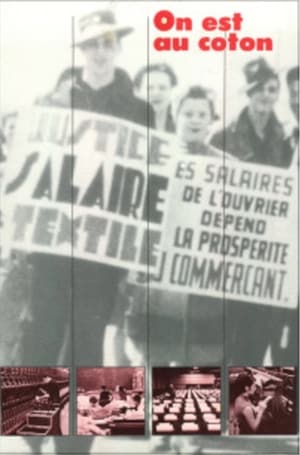 6.0
6.0Cotton Mill, Treadmill(fr)
Director Denys Arcand made an inquiry on textile industry in Quebec, meeting employers and workers of that industry.
Calle Bardem(es)
A documentary on the revolutionary life and career of director Juan Antonio Bardem, including interviews with many of his colleagues, including Luis Garcia Berlanga.
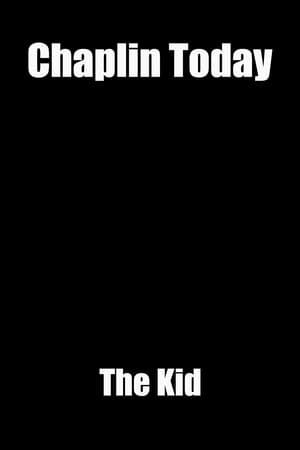 5.7
5.7Chaplin Today: 'The Kid'(en)
This documentary is featured on the two-disc Chaplin Collection DVD for "The Kid" (1921), released in 2004.
Auge in Auge - Eine deutsche Filmgeschichte(de)
This is not merely another film about cinema history; it is a film about the love of cinema, a journey of discovery through over a century of German film history. Ten people working in film today remember their favourite films of yesteryear.
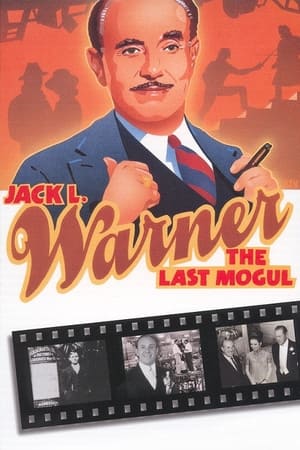 5.0
5.0Jack L. Warner: The Last Mogul(en)
An insider's account of Jack Warner, a founding father of the American film industry. This feature length documentary provides the rags to riches story of the man whose studio - Warner Bros - created many of Hollywood's most classic films. Includes extensive interviews with family members and friends, film clips, rare home movies and unique location footage.
 6.5
6.5In the Shadow of Hollywood: Race Movies and the Birth of Black Cinema(en)
This documentary captures the sounds and images of a nearly forgotten era in film history when African American filmmakers and studios created “race movies” exclusively for black audiences. The best of these films attempted to counter the demeaning stereotypes of black Americans prevalent in the popular culture of the day. About 500 films were produced, yet only about 100 still exist. Filmmaking pioneers like Oscar Micheaux, the Noble brothers, and Spencer Williams, Jr. left a lasting influence on black filmmakers, and inspired generations of audiences who finally saw their own lives reflected on the silver screen.
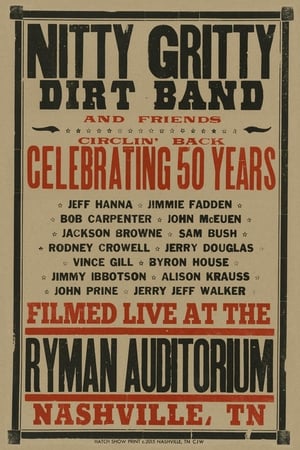 0.0
0.0Nitty Gritty Dirt Band and Friends - Circlin' Back: Celebrating 50 Years(en)
Filmed and Recorded Live at Ryman Auditorium, Nashville, Tennessee, on September 14, 2015, Nitty Gritty Dirt Band and Friends - Circlin' Back: Celebrating 50 Years captures a group of longtime road warriors who've yet to lose their grit, joined onstage by John Prine, Sam Bush, Vince Gill, Jerry Jeff Walker, Alison Krauss, Rodney Crowell, Byron House, and Jerry Douglas. Rock and Roll Hall of Famer (and early Dirt Band member) Jackson Browne joined in, along with longtime member Jimmy Ibbotson, while a sold-out crowd sings along in the background. From country classics to deep cuts, the tracklist finds bandmates Jeff Hanna (guitars/vocals), Jimmie Fadden (drums/harmonica/vocals), Bob Carpenter (keyboards/accordion/vocals) and John McEuen (banjo/fiddle/guitar/mandolin) swapping harmonies, trading solos, and shining new light on a catalog of vital, vibrant music.
Ver a Hilda Vera(es)
A living room, two video cameras, an armchair, two televisions and a mirror: domestic daily life in which colleagues, family and friends come together to decipher the life, personality and artistic trajectory of one of the most important actresses of Venezuelan Cinema: Hilda Vera
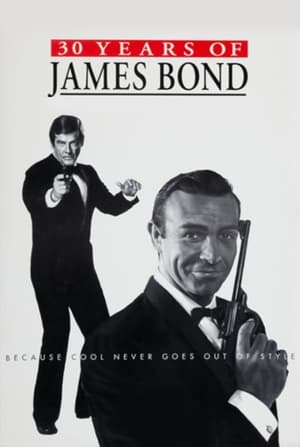 5.3
5.330 Years of James Bond(en)
An examination of why the James Bond films have proved so popular including a discussion between the four actors who have played Bond, an interview with Cubby Broccoli and contributions from the directors, production designers, special effects and stuntmen.
 0.0
0.0Afro Promo(en)
Co-curated by Jenni Olson and the late Black gay activist Karl Knapper, this entertaining showcase of vintage movie trailers traces the evolution of African American cinema through its most crucial period, 1952-1976. Filled with insights on race and social dynamics, this fascinating compendium of coming attractions explores an extensive range of stylistic approaches—Blaxploitation, Comedy, Music Bio, Plantation Drama and more—offering an outrageous joyride through motion picture history. Beyond mere camp, these marvelously condensed gems crystallize a range of African American identities and personalities, tracking the meteoric careers of Sidney Poitier, James Earl Jones, Billy Dee Williams, Richard Pryor, Pam Grier and others through their bold performances in movies both hugely popular and practically forgotten. Afro Promo provides a compact glimpse at the representation of African Americans through twenty-five dynamic years of American cinema history.


